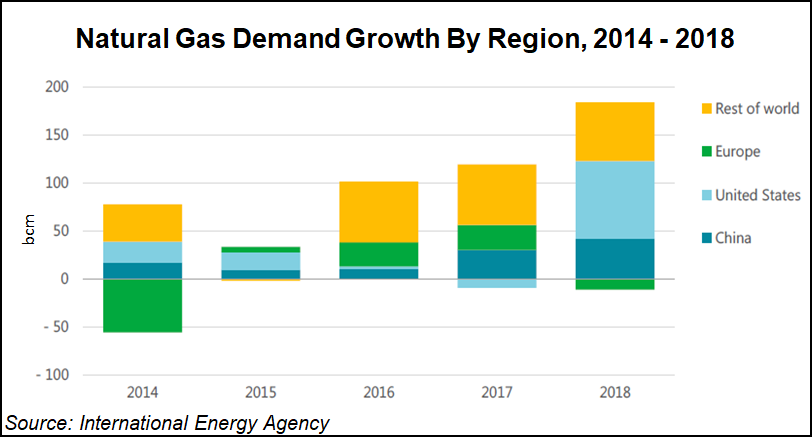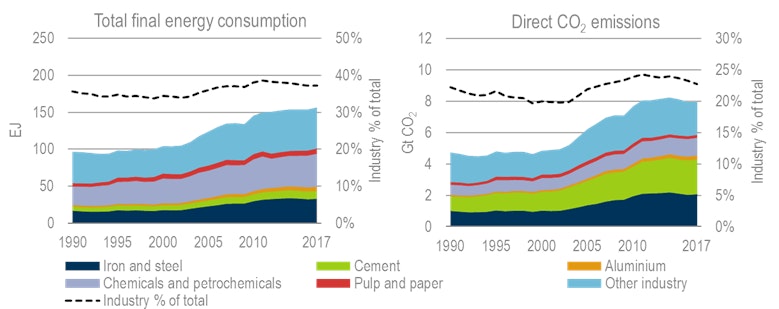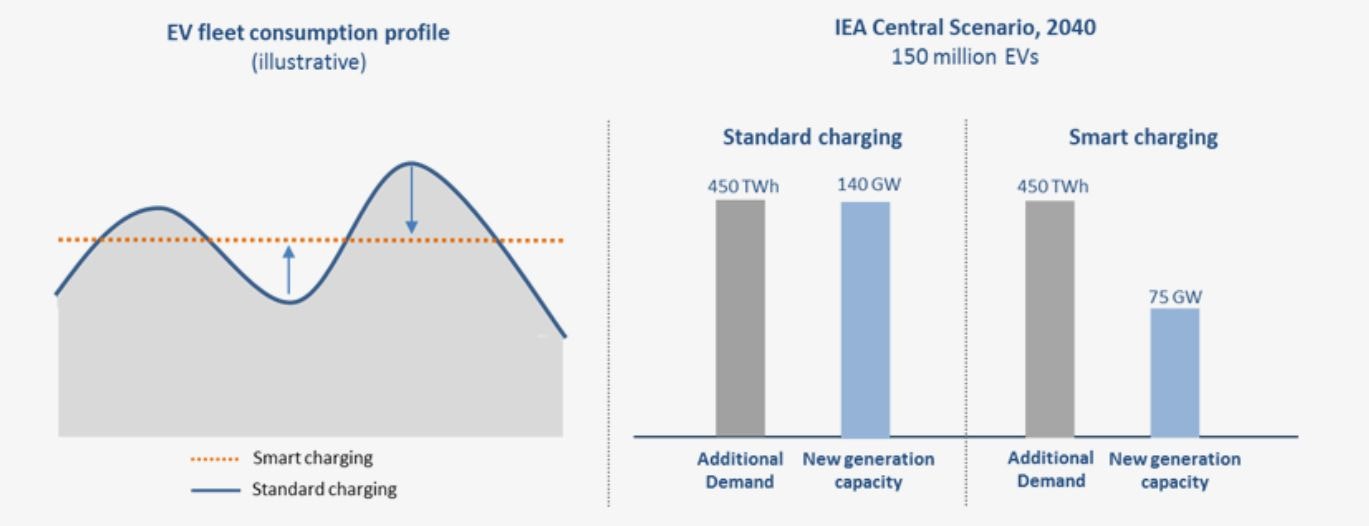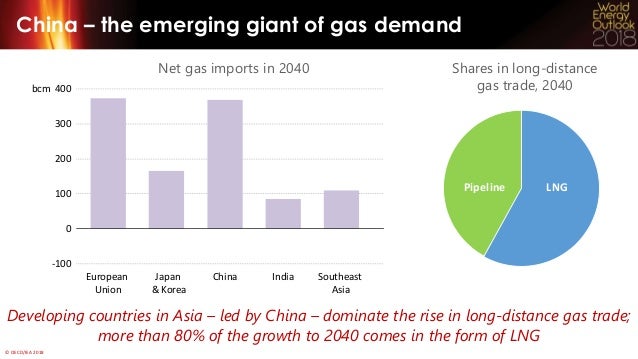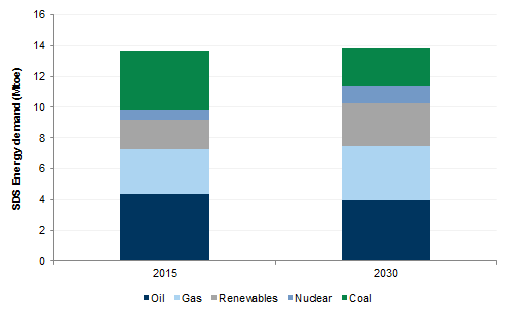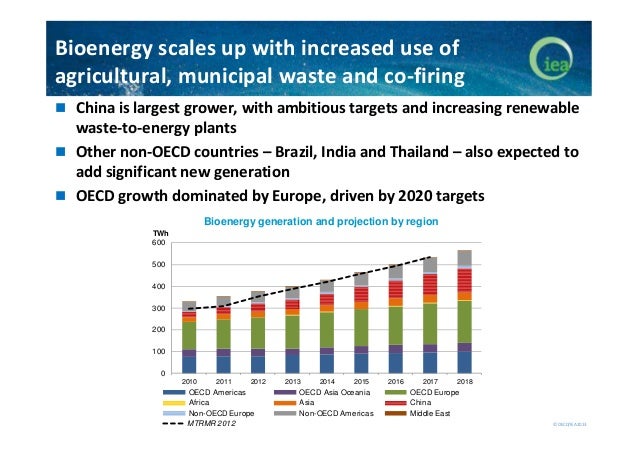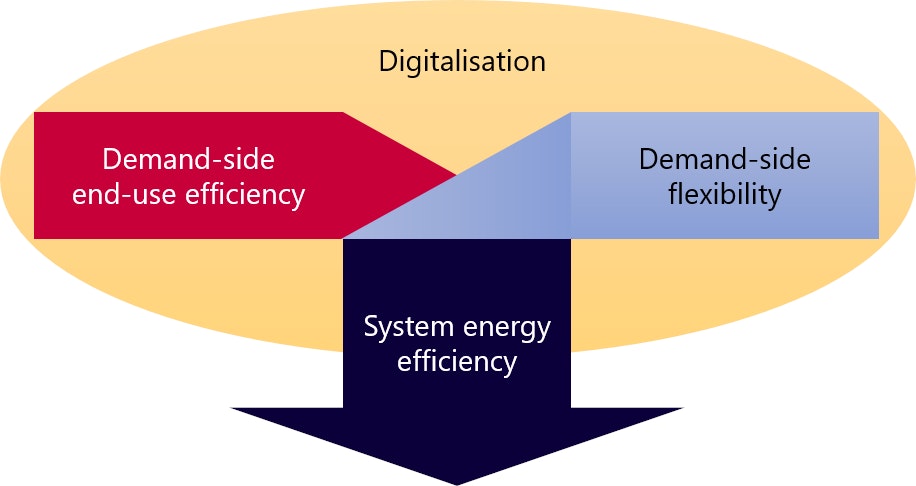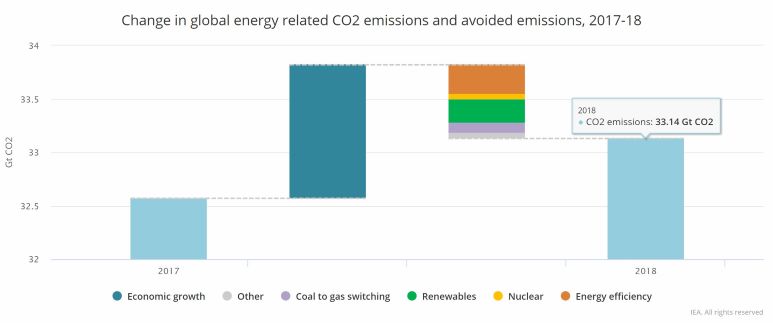It contains detailed data on the supply and consumption of energy for 150 countries and regions including all oecd countries over 100 other key countries as well as world totals.
World energy consumption 2017 iea.
The rapid deployment and falling costs of clean energy technologies the growing electrification of energy the shift to a more services oriented economy and a cleaner energy mix in china and the resilience of shale gas and tight oil in the united states.
Eeute ury 1 æ µ à µ u u ç four large scale shifts in the global energy system set the scene for the world energy outlook 2017 weo 2017.
Statistics report global data series for all fuels all sectors and energy balances.
The iea produces free monthly statistics with timely and consistent oil oil price natural gas and electricity data for all oecd member countries back to 2000.
Iea key world energy statistics kwes is an introduction to energy statistics providing top level numbers across the energy mix from supply and demand to prices and research budgets including outlooks energy indicators and definitions.
According to the iea the total world energy consumption in past years was 143 851 twh in 2008 133 602 twh in 2005 117 687 twh in 2000 and 102 569 twh in 1990.
For 2013 estimated world energy consumption was 5 67 10 20 joules or 157 481 twh.
Four large scale shifts in the global energy system set the scene for the world energy outlook 2017.
A cleaner and more diversified energy mix in china is another major driver of this transformation.
The rapid deployment and falling costs of clean energy technologies.
The iea s world energy balances presents comprehensive energy balances for all the world s largest energy producing and consuming countries.
It was mostly driven by fossil fuels.
Since the economy continues to grow rapidly at an average rate of 4 5 per year this equates to an improvement of 3 4 per year in energy intensity the fastest rate of improvement seen worldwide in our projections to 2040.
Eia s international energy outlook 2017 ieo2017 presents an assessment of long term world energy markets.
The resurgence in oil and gas production from the united states deep declines in the cost of renewables and growing electrification are changing the face of the global energy system and upending traditional ways of meeting energy demand according to the world energy outlook 2017.
In 2016 growth in solar pv capacity was larger than for any other form of generation.
The ieo2017 is the first ed ition of this report to include mo del results through 2050 which are.
All renewables and nuclear also increased by 60 mtoe and 19 mtoe respectively.
The united states energy information administration eia regularly publishes a report on world consumption for most types of primary energy resources.
World energy consumption rises 28 between 2015 and 2040 in the.








